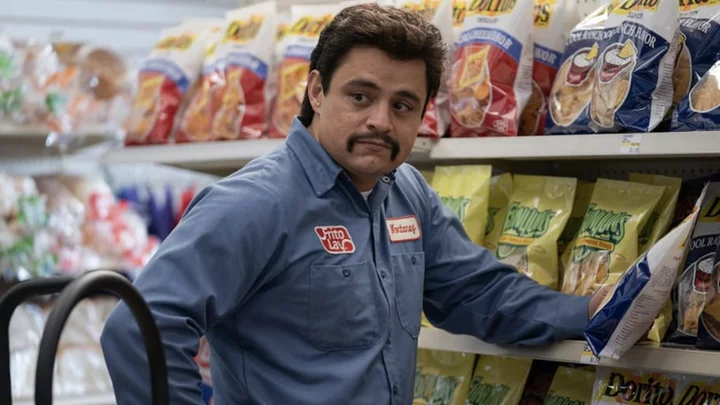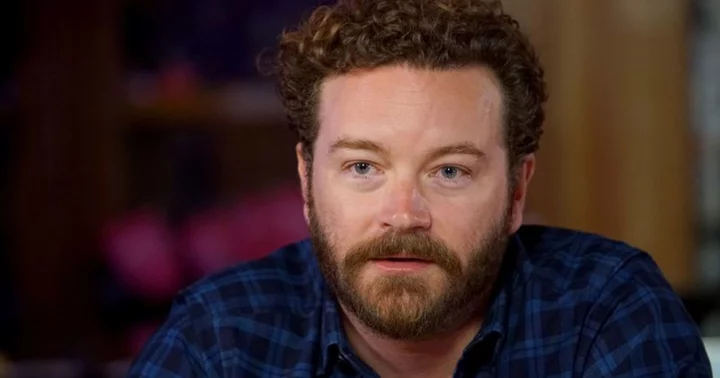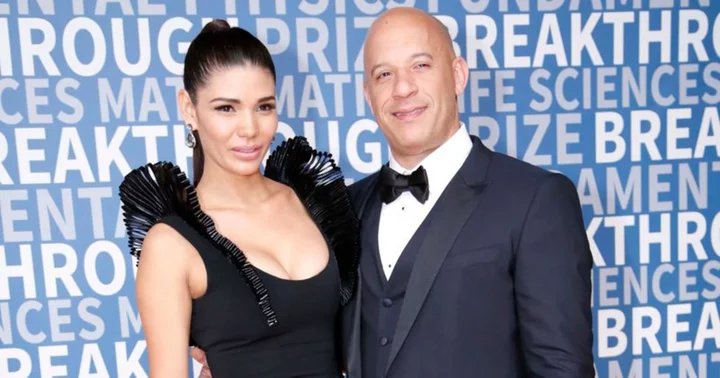In the new Hulu original film Flamin’ Hot, a Frito-Lay janitor named Richard Montañez (Jesse Garcia) becomes an unlikely entrepreneur by coming up with a spicy new Cheetos flavor dubbed Flamin’ Hot. The movie, which is now streaming on Hulu as well as Disney+, is said to be based on the true story of Montañez, who overcame a lack of marketing experience and company skepticism to rise the corporate ranks.
But something curious happened between the Eva Longoria-directed movie coalescing in 2019 and its recent release: Frito-Lay began to dispute Montañez’s account. Now that the (Cheetos) dust has settled, what really happened?
According to a 2021 Los Angeles Times report, Montañez’s oft-shared story was that he was employed as a maintenance worker at a Frito-Lay plant in Rancho Cucamonga, California, in the late 1980s when he was inspired to add a hot chili pepper-style flavor to the company’s Cheetos snack.
“I saw people buying Chile peppers,” Montañez told NPR in 2021. “I saw people buying spices. And I looked at our Lay’s, Ruffles, Fritos ... I thought, we don’t have anything for people who like spices.”
According to his account, Montañez got some plain, unflavored Cheetos from the factory. With his wife, Judy, the two concocted a spicy seasoning. He sent samples to Frito-Lay executives, but didn’t hear back.
The idea, he said, was ultimately accepted following a presentation to over 100 company personnel as well as Roger Enrico, the CEO of Frito-Lay at the time. The Flamin’ Hot Cheetos brand took off, becoming a zeitgeist snack. In the late 2000s, Montañez began discussing how he developed the idea for hot Cheetos, booking speaking engagements and writing two books that shared his story, 2013’s A Boy, a Burrito, and a Cookie: From Janitor to Executive and 2021’s Flamin’ Hot: The Incredible True Story of One Man's Rise From Janitor to Top Executive.
But the Los Angeles Times story contradicted his claims, citing interviews with Frito-Lay employees and company records that indicate the spicy Cheetos were the work of employees (none of whom were Montañez) beginning in 1989 in Plano, Texas. The idea was raised after Frito-Lay took note of the popularity of hot or spicy snacks in the northern U.S., particularly at mini-marts in Detroit and Chicago. One Frito-Lay salesman, Fred Lindsay, urged the company to try and develop product to meet that demand.
It was Frito-Lay employee Lynne Greenfeld, according to the Los Angeles Times, who took the idea through development and also gave it the Flamin’ Hot name. The product was tested in 1990, along with similar flavors for Fritos and Lay’s potato chips. The snacks were available nationally by 1992. The timeline is relevant, as Roger Enrico—whom Montañez said he pitched the product to—didn’t become CEO of Frito-Lay until early 1991, the year after the snacks had been test-marketed. Enrico’s secretary, Patti Rueff, did recall Montañez calling Enrico, but it would have been after Flamin’ Hot Cheetos were already being tested.
In 2018, Greenfeld contacted Frito-Lay to express concern that Montañez was being credited as the inventor, which led the company to conduct an internal investigation in which they found no evidence
Montañez had been part of the Flamin’ Hot Cheetos development led by Greenfeld.
In a statement to the Times, Frito-Lay said: “We value Richard’s many contributions to our company, especially his insights into Hispanic consumers, but we do not credit the creation of Flamin’ Hot Cheetos or any Flamin’ Hot products to him.”
Greenfeld also claimed Montañez “played no role” in the product’s development. Of executives the Times spoke to, only one—Al Carey—supported Montañez’s statements, insisting that any prior product was “reformulated” to reflect Montañez’s ideas. But Frito-Lay pushed back against this, too, saying that the spicy recipe was provided by spice and seasoning brand McCormick back in December 1989 and remains largely what’s used in the snack today.
Montañez, who climbed the company ladder to become a Frito-Lay executive, did work on a line of snacks for the company in the early 1990s dubbed Sabrositas, which were aimed at the Los Angeles-area Latino market. Greenfeld also told NPR in 2021 that she recalled Montañez pitching different product ideas.
By the time Montañez retired in 2019, he was working as vice president of multicultural sales and community promotions for PepsiCo., Frito-Lay’s parent company. In 2021, he told Variety that “In that era, Frito-Lay had five divisions. I don’t know what the other parts of the country, the other divisions—I don’t know what they were doing. I’m not even going to try to dispute that lady, because I don’t know. All I can tell you is what I did. All I have is my history, what I did in my kitchen.” He added he felt “pushed out” of the test marketing process and that his lower-level position at the time meant Frito-Lay was unlikely to track his activity within the company.
That same year, Frito-Lay told NPR that the company holds no official position on who created Flamin’ Hot Cheetos. In another 2021 statement that followed the Times piece, they appeared to flirt with the idea that a spicy Cheetos product could have been a case of parallel development: one product by the team in Texas and one championed by
Montañez.
“Different work streams tackling the same product without interacting occasionally occurred in the past, when divisions operated independently and were not the best at communicating,” the statement read. “However, just because we can’t draw a clear link between them doesn’t mean we don’t embrace all of their contributions and ingenuity, including Richard’s.”
The contradictions between Frito-Lay’s account and Montañez’s were sent by Frito-Lay to Franklin Entertainment, Flamin’ Hot’s co-producers, in 2019, though it’s not clear what effect (if any) it had on the script. The movie premiered in March at the SXSW Film Festival and is said to be centered on Montañez and his family, with an emphasis on his journey from janitor to corporate executive.
“That story never affected us,” Longoria said of the controversy. “Feels like L.A. Times would have better resources dedicated to more important things. We never set out to tell the story of the Cheeto. We are telling Richard Montañez’s story and we are telling his truth.”
A lack of extensive Frito-Lay documentation may forever complicate the story of Flamin’ Hot Cheetos and its orange-encrusted authorship. But, as Longoria notes, that isn’t the movie’s real intention. In his review, Deadline critic Pete Hammond noted that Flamin’ Hot “is about a man who knows his community, believes in himself against all odds, and is a genius when it comes to knowing how to market to the people who share the same DNA—a huge market, by the way, that in the ’80s and ’90s … was not being addressed in any major way by corporate America.”
This article was originally published on www.mentalfloss.com as The Disputed Truth Behind the Cheetos Underdog Movie 'Flamin' Hot'.









